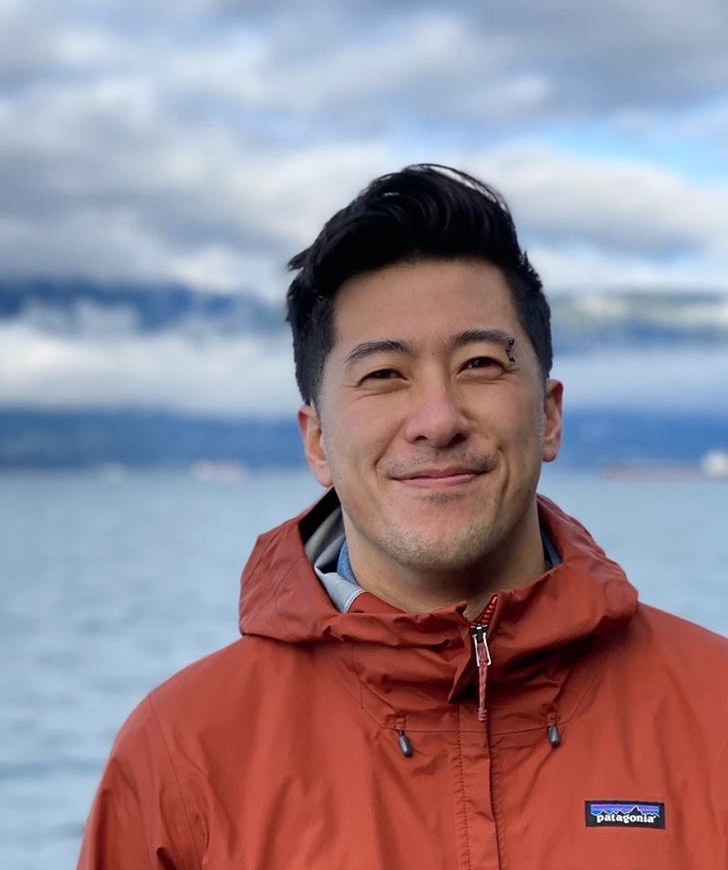Coral processing for TEM imaging
Goal: to create a protocol that preserves live coral tissue for TEM imaging
TEM imaging will be performed at the University of Miami The Miami Project to Cure Paralysis Transmission Electron Microscopy Core (UMPTCPTEM) with Vania Aleida.
Materials and Equipment
- Zinc formalin fixative
- Ethanol
- Hydrochloric acid
- Glutaraldehyde (Provided by UMPTCPTEM) - Store at 4°C
- Vaccum pump
- 0.2 μm filter
- Glass bottles
- 15 mL tubes
- Specimin container
- Plastic jugs and bins (for waste disposal)
- Funnel
- Personal Protective Equipment (glasses, lab coat, gloves)
- Kim wipes
- Ruler/Scale bar
Prepare Solutions
Filtered seawater for fixative solution
- Choose a 0.2 μm filter. Set up the vaccum filter housing: water will be poured into the top, vaccummed through the filter, and deposited in the bottom container.
- Attach the hosing of the vaccum pump to the bottom container of the vaccum filter housing. Once hosing is secure, turn pump on and check dials to make sure there’s enough pressure.
- When bottom container is full (~1 L), turn off the pump, wait for pressure to get to 0, and slowly remove hosing from filter housing. Pour the now-filtered seawater into a glass bottle. Repeat until enough is made for fixative.
Dilute Z-fix with filtered seawater (FSW) to a 1:4 of Z-fix:FSW
- Put FSW water in hood. Get Z-fix from cabinet, put spigot on Z-fix container, and dispense enough needed for fixative.
- Pour desired amounts of FSW and Z-fix into labelled plastic jug (use funnel if necessary).
- Zfix (10% aqueous buffered zinc formalin) is very toxic!! Use full PPE while working with it. Make sure to have two people to take Z-fix container out of cabinet, as it is bulky and heavy.
- Read Product Information and Safety Data Sheet for Z-fix before use.
Make 10% Hydrocholoric acid solution
- Wear proper PPE (gloves, glasses, close-toed shoes, pants, and a lab coat)
- Using a 500 mL graduated cylinder, fill a 1L glass kimble with 900mL of DI water
- Using a 500 mL graduated cylinder, measure 100 mL of Hydrochloric Acid (HCl) and add to the 1L kimble. This will make a diluted solution of 10% HCl.
- Always make sure the water is added first before the HCl
Protocol Steps
1) Select and record tile ID of corals to be fixed
- Randomly choose a sample from each tank, and record the ID of the sample.
2) Prepare and label falcon tubes and containers
- Label should include tile ID, tank number, treatment, species (GFAS = Galaxea fasicularis), initials, and date.
- Also include chemical information (i.e. 25% Zinc formalin in filtered seawater)
3) Calculate total volume based on number of samples and types of vessels you need to fix with.
- 40 mL per sample for falcon tubes; 400 mL per sample for specimin containers
4) Prepare pre-labelled tubes and containers prior to sampling. Pour diluted Z-fix into individual falcon tubes and containers.
- For falcon tubes, add between 30-40 mL of fixative per tube.
- For containers, add 350-450 mL of fixative per container.
5) Collect and fix samples.
- Samples should be taken from tanks and photographed in seawater with a ruler/scale bar.
- Remove from the coral from the tile place in specific tube/container. Carefully place sample in tube/container so the fixative does not splash.
- If sample is not fully immersed in buffer, add more buffer until sample is fully immersed.
6) Store samples in a cool, dark place (currently in fridge for flammables)
- Samples should be in Z-fix for atleast 24 hours.
- Samples can remain in Zfix for up to 6 months
7) Pour off Zfix and replace with HCl to decalcify coral
- Pour Zfix from sample containers into a designated waste container.
- Refill the containers with the same volume of 10% HCl solution.
- Leave the cap off, as the coral may bubble or fizz slightly.
- Leave the coral to decalcify - this may take several hours or days.
- Replace the 10% HCl every 24 hours until the entire skeleton is dissolved.
8) Once decalcification is complete, dissect 1 polyp and fix in gluteraldehyde.
- Once the coral is fully decalcified, pour off any excess HCl and put the tissue on a plastic petri dish.
- Photograph the coral with a ruler/scale bar. Keep track of which polyp you are selecting for TEM.
- Using a scalpel, dissect out one individual polyp and place in the 15mL tube with 2 mL of gluteraldehyde. Make sure the coral is fully submerged. Close the tube and parafilm the top. Store at 4°C.
- For the rest of the polyps, record the number of polyps and place in a 15mL tube with 5 mL of filtered sea water. Homogenize and store at 4°C for symbiont density analysis.
Written on January 30, 2023
